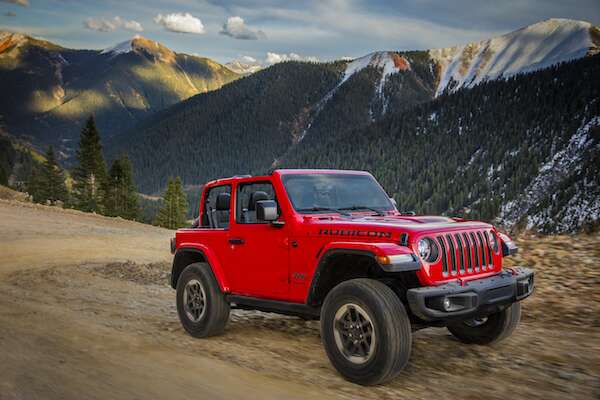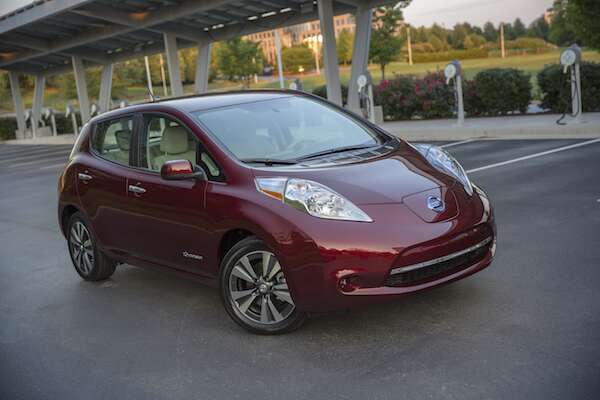Getting as much of your investment back as possible is important to everyone. For some new car buyers, it’s important to know how well their vehicles retain value. Research firm and used car search engine iSeeCars.com gathered a list of the top 10 and bottom 10 vehicles with the least and most depreciation over the five years after being purchased new.
Using data from 4.3 million sales of used vehicles, it ranked vehicles by their percentage of value lost over the five years between being purchased new and resold as a used vehicle. Some trends on the list are simple and easily-explained, while others need context to understand.
The Top 10
2018 Jeep Wrangler Rubicon
An in-demand vehicle will be easier to get rid of when either the lease or warranty expires, or when it simply becomes time to upgrade again.
“While the average new vehicle loses 50.2 percent of its value after five years, there are vehicles that retain more of their value and depreciate less than average,” explained iSeeCars.com CEO Phong Ly. “For consumers who buy new vehicles and sell them around the five-year mark, choosing a model that retains the most value is a smart economic decision.”
Eight of the ten vehicles that lose the least value are either pickup trucks or SUVs, with only two passenger vehicles making the list. The Jeep Wrangler and its variants are almost in a class of their own, and if not for the Toyota Tacoma, would have a nearly 10 percent lead on the next vehicle. Subaru’s all-wheel-drive Impreza sedan is the highest-ranked passenger car on the list, and if not for our small modification to include the Honda Fit, it would be the sole passenger vehicle to make the list.
“Jeeps are known for retaining their value due to their enduring popularity, as well as their durability and performance across all terrains,” Ly said. “Pickup trucks depreciate the least of any vehicle segment at 41.3 percent, while cars depreciate at 54.1 percent and SUVs at 51.9 percent. The lower depreciation for pickup trucks is likely because it is a growing vehicle segment and their popularity is keeping values high.”
The Bottom 10
2016 Nissan Leaf
Dotting the bottom ten are the usual suspects—luxury cars. However, three of the bottom five are standouts in that they represent electrified vehicles, another type of auto whose market share is on the rise. The Nissan Leaf is a fully-electric vehicle, while the Chevrolet Volt and Ford Fusion Energy are plug-in hybrids.
“Government incentives play a role in the steep depreciation of electric and plug-in hybrid vehicles as their resale value is based off their lower effective post-incentive sticker price,” stated Ly. “Since the technology of EVs changes at a rapid pace, outdated technology also contributes to their dramatic depreciation as well as range anxiety and lack of public charging infrastructure.”
Indeed, the Nissan Leaf in particular became rapidly obsolete with the introduction of more practical mass-market EVs. An EV with a 107-mile range was a novelty when the Leaf arrived in 2010, but within 18 months, the Tesla Model S blew the Leaf out of the water with its 210-mile range. Nissan debuted a second-generation Leaf in 2018, but with only 150 miles of range, Nissan hasn’t yet addressed customers’ biggest bellyache about the Leaf. With EV technology maturing, first-generation Leafs are on track to become further obsolete, and continue to lose value in coming years.
Much of the list is still made from luxury vehicles, whose customers tend to replace their vehicles with more regularity, though the plain-Jane Chevrolet Impala also makes the list.
“The Impala underwent a major redesign in 2014, which lowers the demand for the 2013 model,” concluded Ly. “Additionally, they are often used as rental vehicles, and the oversupply of these vehicles coming out of fleets lowers their demand and results in steep depreciation.”
Source: Read Full Article


